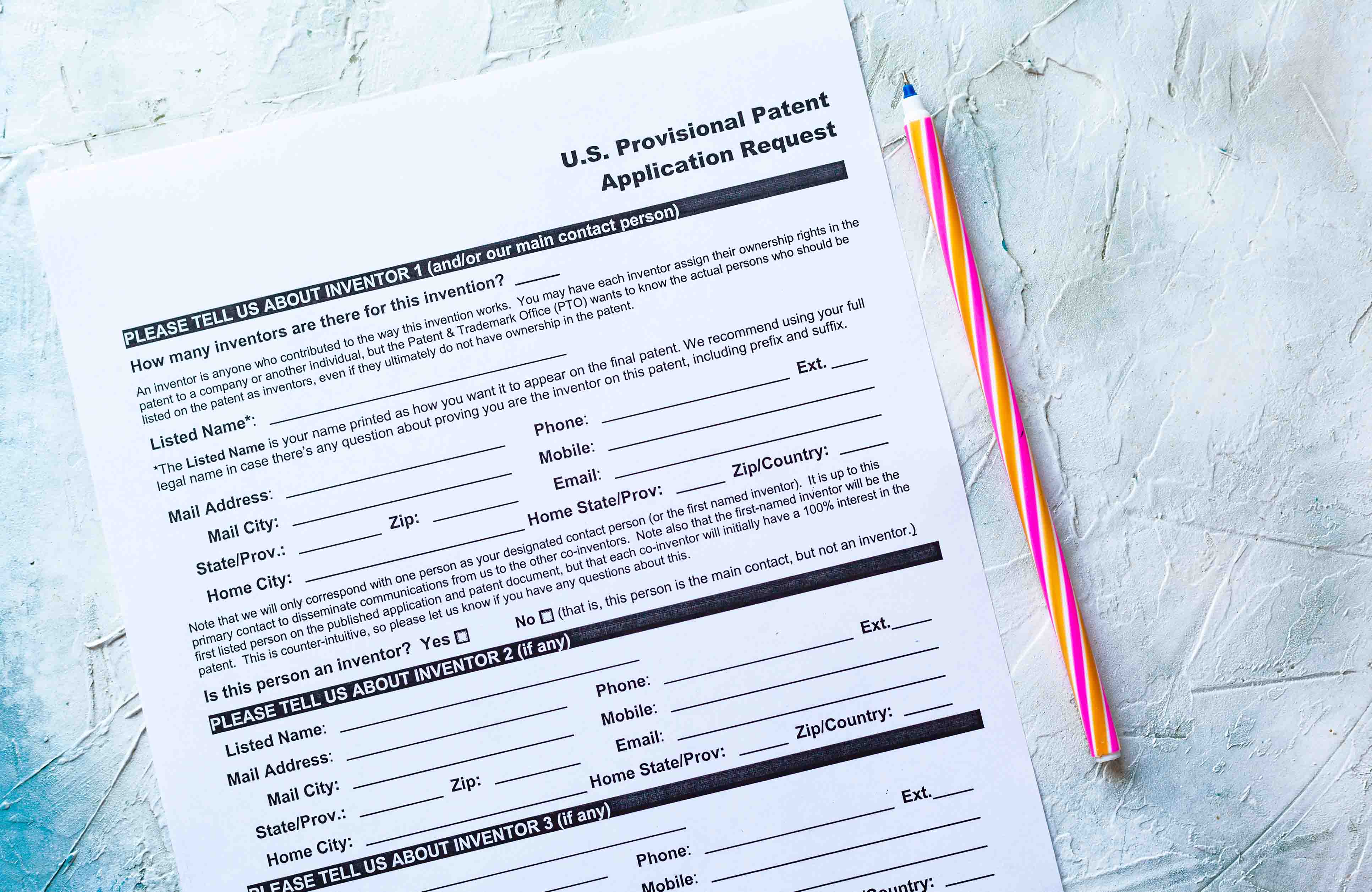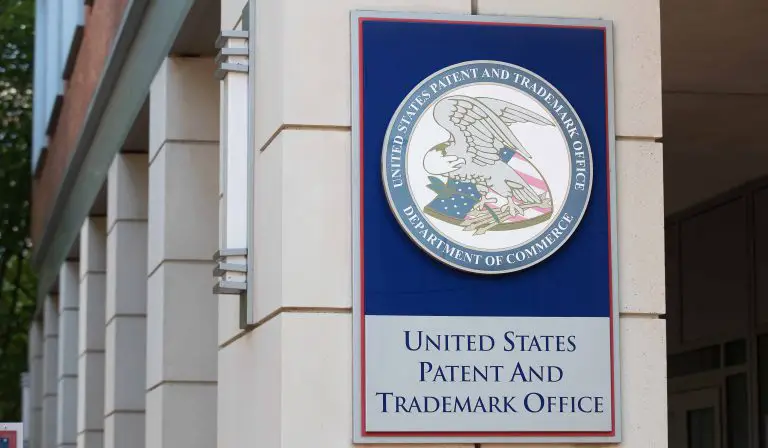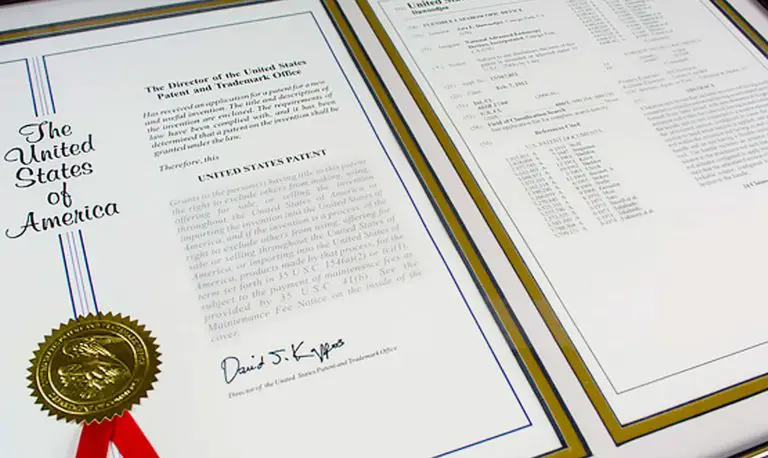What is the Benefit of a Provisional Patent?
If you’re an inventor and you’re working on an awesome invention, you might be wondering about patenting your invention. You may have done some research and you may have come across provisional patents as an alternative or stepping stone to filing a nonprovisional patent application. Filing a provisional patent application does offer some benefits that make it a great choice for many inventors. We will cover the benefits in more detail below.
What is the Benefit of a Provisional Patent?
The main and most attractive benefit of a provisional patent is that it helps inventors secure an early filing date for their invention. In the United States, it’s really important for inventors to secure an early filing date for their invention.
We say this because the patent system awards inventors who are first to file their invention and not the first to invent. So, while someone may have been the first person to invent something and someone else invents the same invention later and file a provisional patent application. The second inventor who filed first is in a better position than the first inventor even though the first inventor created the invention first.
That said, there are some other benefits of filing a provisional patent that we will cover below. Let’s cover the other reasons that inventors choose to file a provisional patent application instead of just filing a regular, nonprovisional utility patent application.
Ease of Preparation and Cost
Some inventors choose to file a provisional patent application because of the lower cost associated with filing it instead of a regular patent application and the relaxed requirements of preparing a provisional application vs a nonprovisional application.
That said, because of the ease of preparing and filing a provisional application, some people underestimate the importance of having a well-prepared provisional application. We are here to tell you, that just because a provisional application is easer to prepare and cheaper to file, this does not mean that you should rush through it and not give it the same type of attention that you would give a regular, nonprovisional application.
We say this because inventors typically file a provisional application as a placeholder in time until they are ready to file a nonprovisional application. This is so because provisional application will never turn into patents.
The problem with having a poorly drafted provisional application arises when it comes time to file a regular patent application. This is so because the invention that you describe in your nonprovisional application has to match the invention that you described in your provisional application.
If the patent examiner looks at both applications and notices that you poorly described your invention in the provisional patent, he may determine that the invention in the new application is new, prohibiting you from benefiting from the early filing date of your provisional application. So, what’s the takeaway? Spend the time and hire an attorney to prepare your provisional application because if you don’t the consequences could be severe.
Patent Pending Designation
Many inventors choose to file a provisional patent application because it’s the cheapest and quickest way to be able to label your product as patent pending. At the moment an applicant files a provisional patent application, he can begin to label his product, packaging, and materials as patent pending. Labeling a product as patent-pending is good for marketing a product and so many people apply for a provisional patent to get that patent-pending designation.
Provisional Patents Can Extend the Term of Your Patent
By now, you probably know that to get a patent, filing only a provisional patent application won’t get you one. To get a patent after filing a provisional application, you need to file a nonprovisional patent application within 12 months of applying for your provisional patent. So, how does this affect the patent term?
Applying for a provisional patent can extend the patent term by a maximum of 12 months. This is so because when applicants file a nonprovisional patent application that claims the benefit of an earlier-filed provisional application, you get the earlier priority day and the patent term starts at the time of filing the nonprovisional patent application.
So, you’re basically getting an additional 12 months of protection by choosing to file a provisional application first. This is where having a well-prepared provisional patent application pays off.
Finding Investors
Many inventors choose to look for investors while their provisional patent application is pending at the patent office. Having an invention that is patent-pending is attractive to some investors because it shows them that the inventor has taken some legal steps to protect the invention so that if they choose to invest in the invention, there is a provisional patent application in place to protect their investment.
Does a Provisional Patent Offer Protection?
Unfortunately, patent rights do not kick in until the patent office grants a regular, nonprovisional patent application. While your patent is pending, you do not have the right to stop others from using, making, and selling the invention you’re seeking to patent.
If the patent office approves your nonprovisional application, you will be able to stop others from using, making, copying, and selling the invention that you were able to obtain a patent for.
Having said that, don’t be discouraged from filing a provisional patent application because it can reserve an early filing date for your invention which could become incredibly important down the road, especially in a situation where you file a provisional patent and some files a patent application for the same invention.
So, if you have an invention that you want to protect, contact your attorney and have them advise you on the best course of action for your specific situation.
What Does An Inventor Need to Do to Get a Patent?
After filing a provisional patent application with the USPTO, to get a patent, an inventor must either file a nonprovisional patent application or convert a provisional patent into a nonprovisional application within 12 months of filing the provisional patent application.
If an inventor fails to file a nonprovisional application or convert a provisional application within the 12 month grace period, the inventor will be prohibited from obtaining a patent.
That said, most inventors go with the option of filing a nonprovisional patent application that references a previously filed provisional patent application to benefit from the early filing date of the provisional application.
How Long Does a Provisional Patent Last For?
A provisional patent application typically lasts for 12 months, there are some situations where you can extend that period, however, it’s very rare so don’t count on it. If you want to obtain a patent for your invention, you must either file a nonprovisional application or convert your provisional patent application into a nonprovisional utility patent application within 12 months of filing your provisional patent application.
Can a Provisional Patent be Extended?
Generally, a provisional patent cannot be extended, however, the patent office does allow an exception if you file a nonprovisional patent application within 14 months of filing your provisional application. That said, this is a risky option and you should know that it costs a lot of money. So, file your nonprovisional patent within the 12 month grace period and save yourself the time and money involved with filing it late. We have a full article on extending a provisional patent here.
Provisional Patent Benefits
By now, it should be quite apparent that filing a provisional patent application does have some benefits, such as securing an early filing date, using the patent-pending designation, extending the patent term of your invention by up to 12 months. That said, if you’re an inventor and you’ve filed a provisional patent application, make sure that you file your nonprovisional patent application within the 12 month grace period.
Just remember that if you have a patent pending and have not yet been granted a patent, you will not be able to others from using, making, copying, and selling your invention until the patent office grants your patent application. that said, if you have any general questions or comments, please feel free to leave them in the comments section below.








